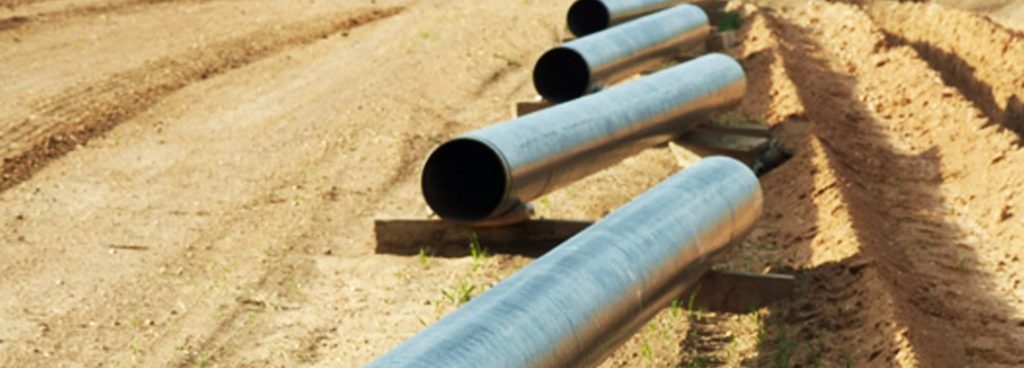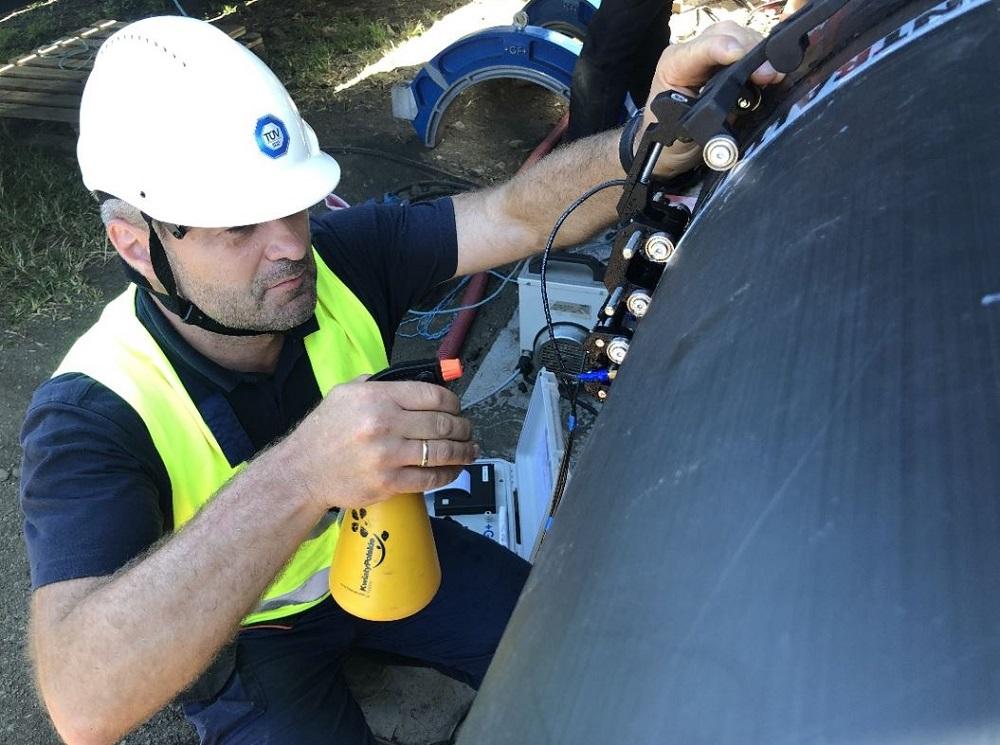Comprehensive Overview of Pipe Welding Evaluation Procedures
In the world of pipeline construction, guaranteeing the integrity and security of welded joints is vital. Pipeline welding assessment treatments play an important role in guaranteeing that welded links satisfy rigid sector standards and requirements. From precise pre-welding assessments to extensive post-weld evaluations, a distinct assessment process is necessary for maintaining the architectural stability of pipes. Recognizing the details of welding assessment treatments is not just a regulatory requirement however additionally an essential element of promoting the reliability of these important facilities.
Pre-welding Inspection Preparations
Prior to beginning the welding process, thorough pre-welding assessment prep work are vital to guarantee the honesty and quality of the weld joint. These preparations entail a careful evaluation of the materials to be bonded, the welding equipment, and the job environment. By conducting complete pre-welding assessment preparations, prospective problems can be recognized and resolved early on, leading to trusted and premium weld joints.
Welding Procedure Qualification
Extensive pre-welding evaluation preparations lay the structure for the vital procedure of Welding Treatment Certification, guaranteeing the stability and quality of the weld joint. Welding Treatment Qualification (WPQ) is an essential step in the welding procedure that entails testing and accrediting welding procedures to ensure they satisfy certain requirements and requirements. The WPQ procedure usually includes welding treatment specification growth, welding procedure certification screening, and paperwork of the results.
Throughout welding procedure spec advancement, necessary information such as the welding process, welding products, joint style, and welding criteria are specified to create a thorough procedure. Consequently, welding procedure qualification screening is performed to validate the suggested procedure's stability. This testing often involves welding test promo codes that undergo numerous mechanical and non-destructive examinations to evaluate the weld's top quality and adherence to the defined requirements.
In-process Weld Inspection
During the welding procedure, in-process weld examination plays a crucial duty in making sure the top quality and stability of the weld joint - Pipeline Welding Inspection. This kind of inspection involves keeping track of the welding specifications, evaluating the weld bead formation, and spotting any kind of possible issues or interruptions as they occur. By performing in-process weld evaluations, welding drivers can quickly resolve any kind of issues that may occur, thereby making sure and preventing additional flaws that the last weld satisfies the needed specs
Usual methods made use of for in-process weld inspection include aesthetic examination, fluid penetrant testing, magnetic particle screening, ultrasonic testing, and radiographic screening. Overall, in-process weld evaluation is essential for keeping the quality and reliability of bonded pipes.
Non-destructive Screening (NDT)
Non-destructive great post to read Screening (NDT) is an essential method used in pipeline welding inspection to evaluate the integrity of weld joints without creating damage to the welded structure. By making use of various NDT methods, examiners can evaluate the high quality of welds and determine any kind of flaws or interruptions that might endanger the structural soundness of the pipe. Usual NDT methods made use of in pipeline welding assessment consist of Radiographic Screening (RT), Ultrasonic Screening (UT), Magnetic Bit Evaluating (MPT), Fluid Penetrant Testing (LPT), and Visual Screening (VT)
RT entails the use of X-rays or gamma rays to generate photos of the inner structure of the weld, enabling examiners to spot flaws such as porosity, splits, or insufficient fusion. Furthermore, VT involves aesthetic assessment of welds to determine any visible blemishes.
Post-weld Examination and Documents

Paperwork of post-weld inspection searchings for is crucial for preserving top quality control records and ensuring conformity with market criteria and policies. Thorough records must include details about the evaluation techniques visit this site right here made use of, the place and nature of any kind of issues discovered, and any corrective activities taken - Pipeline Welding Inspection. Correct documents not just acts as a document of the weld's high quality yet likewise aids in future maintenance and assessment procedures
Conclusion

To conclude, pipe welding examination procedures play a crucial function in making certain the high quality and honesty of welds. From pre-welding inspections to post-weld documents, each step is essential in maintaining the safety and efficiency of pipelines. By adhering to well-known procedures and performing thorough assessments, possible flaws can be identified and resolved prior to they lead to costly repairs or failings. In general, adherence to appropriate assessment methods is crucial to the success of pipeline welding projects.
From careful pre-welding examinations to extensive post-weld evaluations, a distinct assessment process is crucial for keeping the architectural soundness of pipes. By carrying out in-process weld assessments, welding drivers can without delay address any type of problems that may arise, thus avoiding more defects and making sure that the final weld fulfills the required specifications.
Common methods used for in-process weld assessment include aesthetic examination, fluid penetrant testing, magnetic fragment screening, ultrasonic screening, and radiographic testing.Non-destructive Testing (NDT) is a vital technique used in pipeline welding assessment to examine the honesty of weld joints without causing damage to the bonded framework. Post-weld inspection involves different methods to analyze the welds for issues, consisting of visual assessment, color penetrant testing, magnetic bit testing, ultrasonic screening, and radiographic screening.